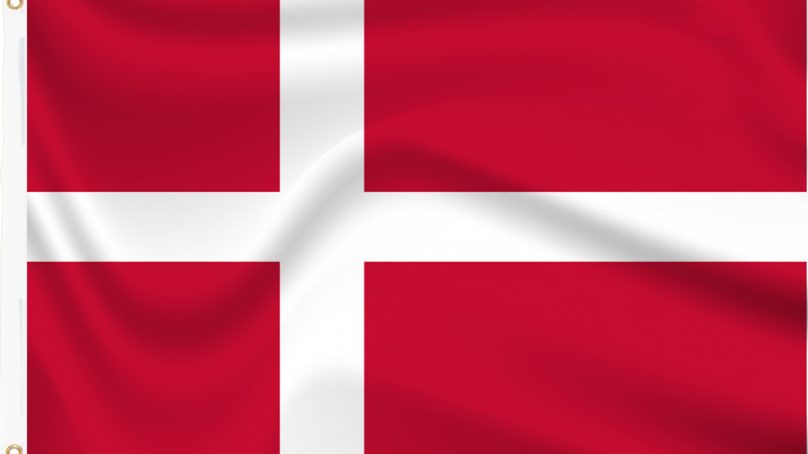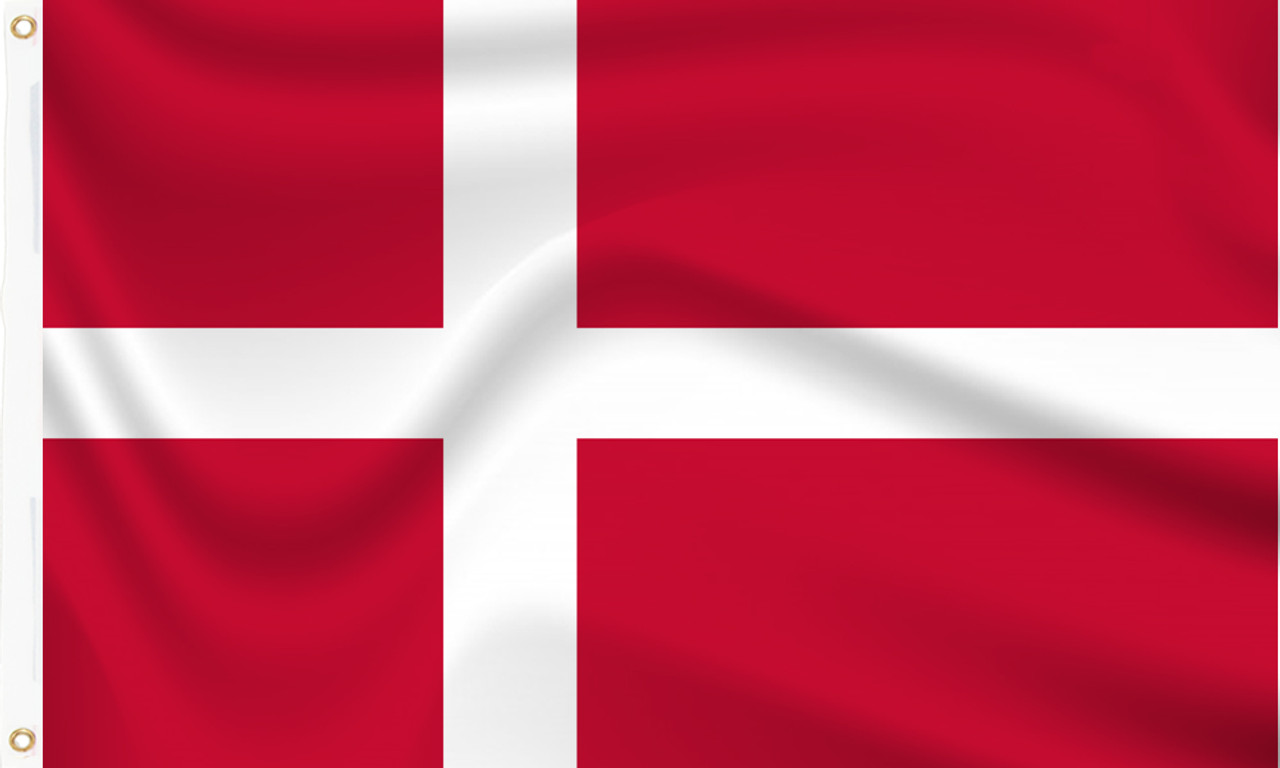

Heritage
Old Danish cuisine, heavily influenced by local products, eschewed imports, resulting in repetitive dishes governed by unspoken rules and traditions. Long lunches during festivities stretched for hours, featuring cured meats and fermented vegetables, often paired with abundant dairy products. Delighting in the richness of herring, seafood was smoked for preservation, complemented by creamy sauces. Indeed, Danish cuisine once outshone Nordic kitchens. That was until approximately 2005, when Scandinavian countries united, embracing new gastronomic trends and local ingredients.
Regional differences in Danish cuisine
Regional kitchens don’t vary much in terms of Danish cuisine; it’s merely a question of bigger cities compared to rural areas. This is also due to the small size of the country (it is possible to drive from one end to the other in around five hours).
Some chefs prefer to cook with fish from specific area, such as Christian Islands, in between the Jylland and Sjaelland, as they tend to be better quality.
Sustainability practices are more prevalent in cities. This involves urban farming, recycling programs, energy-efficient buildings and implementing eco-friendly initiatives. In rural areas, the focus is on preserving traditional methods and recipes. This includes using basic, locally sourced ingredients and maintaining culinary traditions passed down through generations. Indeed, the prevailing style of cooking is open sandwich — presenting food where ingredients are simple and straightforward.
Evolution of Danish cuisine
In the last 25 years, Danish cuisine has undergone a remarkable transformation, embracing historical roots while innovating for modern tastes. The history of Danish food is deeply intertwined with fishing and preserving food using salt techniques, essential for survival in Denmark’s harsh climate. Consequently, these traditional methods have laid the foundation for contemporary Danish culinary practices.
Moreover, the Danish government’s eagerness and support for Danish cooking competitions have brought eye-opening incentives to create and celebrate local products. As a result, the decision of some restaurants to use local products within a narrow 50 km radius has influenced creativity.
Future food trends in Danish cuisine
The next steps of foraging, plant-based ingredients and sustainability are taking huge steps forward in today’s culinary world. Consequently, these practices have been systemized and catalogs have been made, allowing for the creative use of alternative products. For example, some approaches to making chocolate using other products have been celebrated by customers.
Moreover, Matt Orlando, formerly of AMASS restaurant and now in Singapore at AIRcccc, has been pioneering hyper-sustainability. Additionally, he has reworked the entire creative process of extracting and drying hundreds of different ingredients, giving new life and flavors to culinary creations. This innovative approach also includes controlled fermentation, which doesn’t necessarily result in the previous inevitable acidity.
Furthermore, local sourcing has almost become a dogma for restaurants, attracting customers in the cities. In parallel, the forecasted trends show a continuous research effort for a better tomorrow with a lower carbon impact. Consequently, conserving nutritional and flavor values is at the heart of future trends, emphasizing eating less but more cleverly, using plant proteins to replace dairy ones.
Creativity in this field will continue, supported by governmental decisions, remaining a central topic in conversations about the nutrition challenge with fewer dairy proteins. As a result, the restaurant scene is still going strong in Denmark, and it will be worth keeping an open mindset for the next chapter.
Moreover, the school diet and offerings represent a new chapter to explore, with an eagerness to ensure ecological and sustainable economic approaches that lower waste. This involves not only parents but also institutions, making a concerted effort to embrace sustainability in food practices.

Kasper Kurdahl,
the culinary development director
Culinary Development Inc.
culinarydevelopmentinc.com
@kasper_kurdahl















